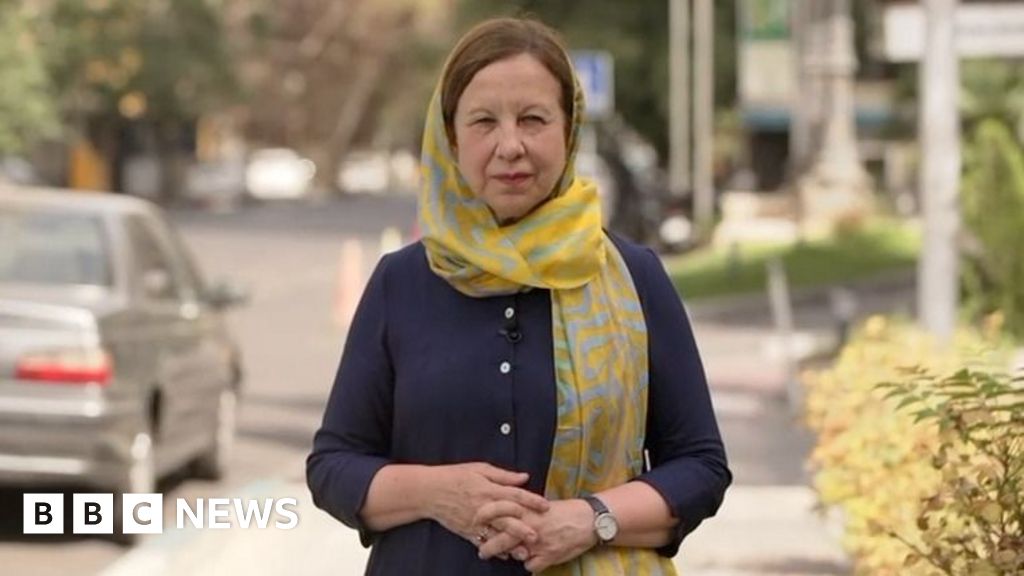EP, a 48-year-old academic in upstate New York, was drawn on the border of a family portrait by their son, then 6. “As someone whose kid calls them ‘Mapa’ and doesn’t easily identify as ‘mom’, we try to squeeze into that frame, obviously awkwardly,” said EP, who uses they/them pronouns and asked to use their initials out of concern for their family’s safety. They went on to note how perceptive the drawing was about the gender binary.
In Richmond, Ky., Hunter Barker Rogers, a 42-year-old intensive care nurse and former paramedic, did not register how much her career had figured into her daughter River’s imagination until a kindergarten questionnaire stated her job as “ambulance girl” (and her age as “74”). Cleary, River, now 8, had been watching closely, and today, she “runs a little medical center out of her Barbie Dreamhouse,” her mother said.
Gratitude Is a Gift
Katina Papson, a 47-year-old high school teacher, said these holidays were noninclusive of some of the families she worked with in San Francisco. She said she would rather receive “occasional gratitude” as a mother herself than be celebrated once a year.
In the United States, 6.5 billion cards are sold a year, according to the Greeting Card Association, and Mother’s Day is the second-most popular seasonal category behind Christmas/holiday, a spokesperson told The New York Times. Any card expressing appreciation gives parents “a shot in the arm,” Ms. Papson said. “Like, ‘You’re doing a good job, keep going.’”
Her sentiment hits on the undercurrent of anxiety in parenting. Nancy Reddy, an author and teacher, researched the origins of scientists’ attempts to measure maternal performance in her new book, “The Good Mother Myth: Unlearning Our Bad Ideas About How to Be a Good Mom,” which outlined the limitations of research into attachment.
Source link

















